-
Home
-
Architects
- Daniel Moore
Daniel Moore
Daniel Moore is an architect on the rise who has used steel in radically different ways to achieve striking effects, from complex residential roofs to refined coffeehouse detailing.
Words: Timothy Alouani-Roby.
Photography: Peter Tarasiuk
Edition 133
Nov 2023
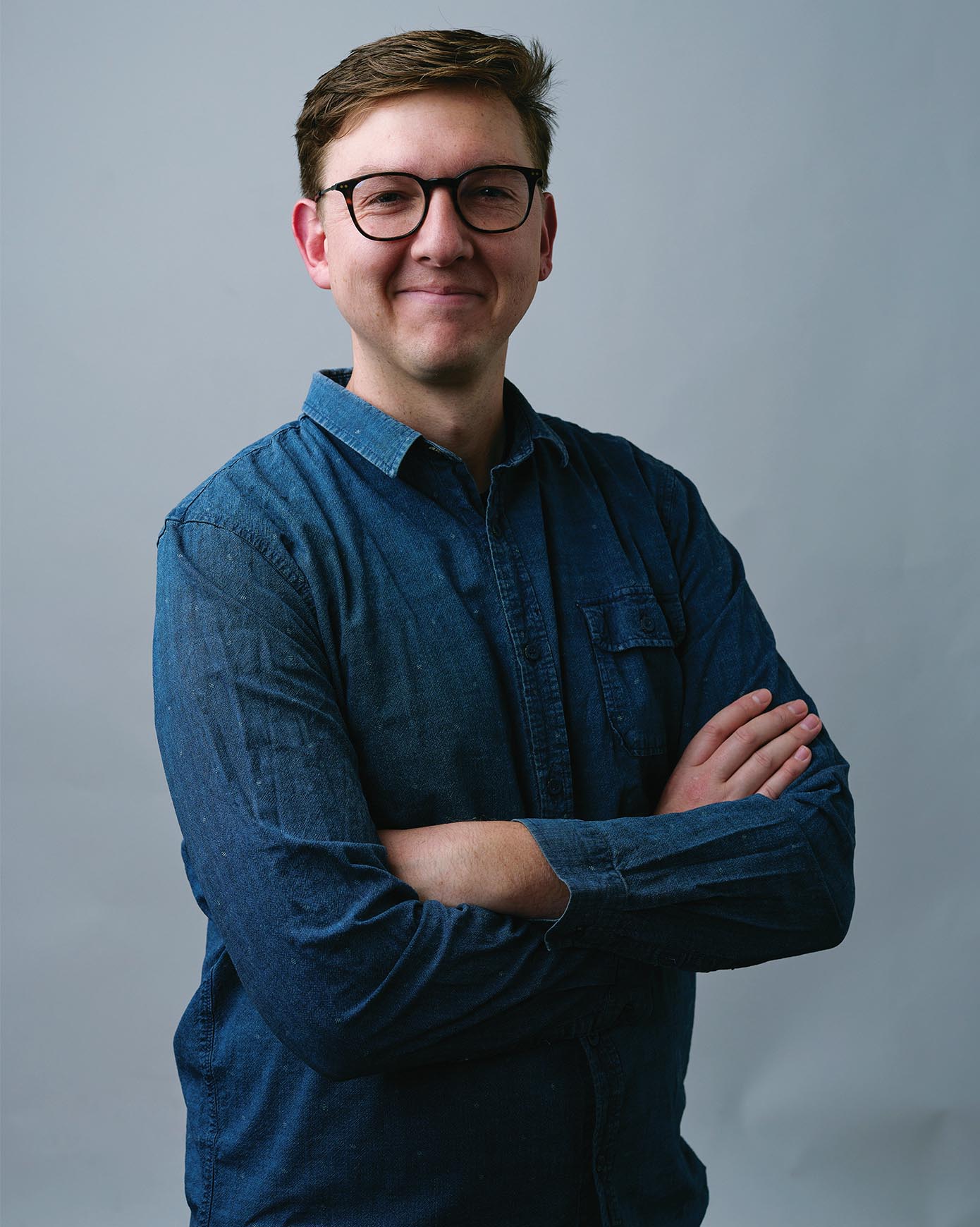
Daniel Moore’s multifaceted journeys with steel are crisp, adaptable and versatile – much like the career of this ambitious and accomplished young architect.
Named by the Australian Institute of Architects as the National Emerging Architect in 2022, Moore has had a richly varied career in architecture and adjacent fields so far. With steel projects at scales both large and small, he sees a world of possibilities as architects increasingly learn to connect with the specificities of place across Australia.
Speaking with Daniel Moore about his already accomplished career in architecture, the international variety of his experience is immediately impressive. Between studies at the University of Tasmania, he gained experience working in Melbourne before travelling to Denmark for a six-month exchange placement. His travel destinations have since included the US and Japan, with interspersed periods working for studios DesignInc and Breathe Architecture before setting up his own practice, Open Creative Studio. Further diversifying his professional career, Moore is currently Victorian state manager at the AIA.
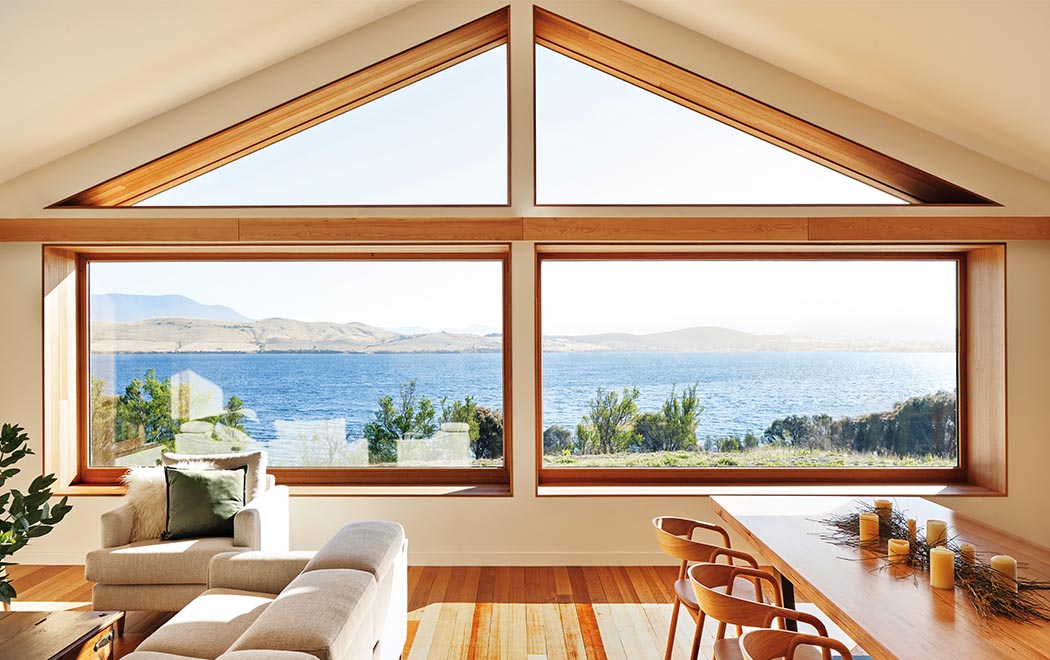
With experience in architectural practice, advocacy and even as a voice-over artist and podcast producer, he is a prime example of how professional architectural training can create the foundations for a wide variety of experience and skills across the workplace and civil society.
Amidst the exciting diversity, steel stands out as a consistent feature of Moore’s architecture. There are parallels between his career trajectory and the story of steel as a construction material - from a foundation of versatility and global exposure to an increasingly refined and locally specific sense of place.
Steel has been one of the defining materials of modern architecture, but its twentieth century ubiquity is evolving into more nuanced uses that respond to site specificity.
Similarly, Moore speaks about the importance of place in his practice. In particular, his experiences on the recent AIA Emerging Architect Prize Tour have directly translated into a more locally sensitive understanding of place across Australia: “Actually meeting people from different cities and hearing about their perspectives on architecture - which are completely different to ours in Victoria or Tasmania - makes you realise how the same solutions don’t play out across an entire continent. I think it’s really important for all architects to visit different parts of Australia and learn that every single architect, no matter where they are, is dealing with very specific climatic and geographic considerations.”
“I think we’re going to be exploring steel a lot more. The benefits won’t go away, but the aesthetic of steel can be almost infinitely adapted.”Daniel Moore Open Creative Studio
As a practising architect, a number of Moore’s projects are notable for their use of steel. What is really striking about them when viewed as a whole portfolio, however, is his wide-ranging and versatile application of the material - from refined, bespoke detailing to grand sculptural gesture. Thinking Paddock House on Tasmania’s South Arm Peninsula is a prominent example of the latter. It’s a residential project that Moore completed for his parents, and its stand-out architectural feature is a show-stopping, mind-bending roof made from COLORBOND® steel.
“One of the first design considerations was for a house that would be contemporary at the same time as blending in and referencing some of the surrounding architectural landscape,” says Moore with reference to the widespread use of gable roofs in the area. Combining this conceptual principle with practical factors such as the strong winds on the site led to the design of a roof that is gabled while achieving a sense of flattening off at the back end to meet the site’s gradient. “As you move around the house, the roof looks like it twists and moves. There are two hyperbolic paraboloids in it and I felt that was only achievable using a steel profile,” explains Moore. With such complex geometry, it’s the kind of design that requires a highly malleable material, like steel, in an age of advanced digital design tools.

On a wholly different, zoomed-in scale, projects such as the Melbourne headquarters for La Marzocco Espresso Machines and Allpress Roastery and Café demonstrate a highly nuanced and refined use of steel as a detailing material. From door handles and track sliding doors to balustrades and window frames, Moore’s work on these Melbourne projects highlights the capacities of steel as a bespoke design element.
This kind of versatility is just one of the qualities of steel that Moore admires. “I love the tactility of many building products but there’s something about the weight and sharpness of steel,” he notes. “When you install it, you can see that it’s as crisp as the way you drew it and that’s a really attractive thing for me.” This sense of exactitude even speaks to a generational passion for making things: Moore tells how his grandfather (who worked with steel) would tease his brother (who worked with timber) about not measuring things as a carpenter would.
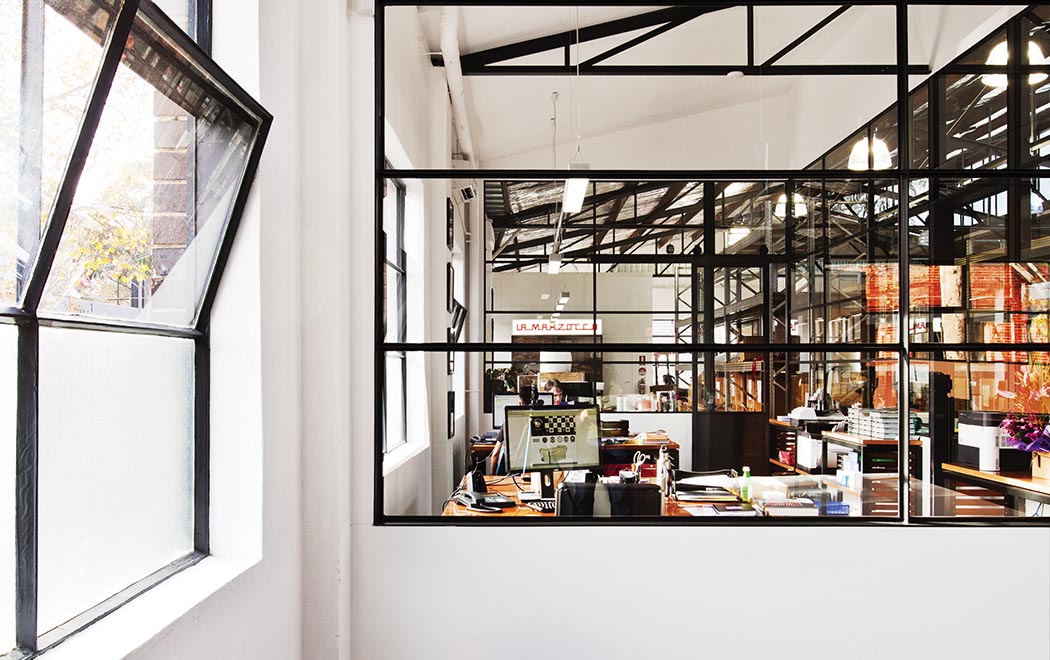
Malleability, versatility, crispness, precision - these are some of the architectural qualities of steel, but the question of sustainability is also a crucial one. Two aspects of steel stand out from this perspective: longevity and material circularity.
New and innovative forms of reuse are becoming increasingly popular with steel, allowing for the material to be reused and later recycled, while longevity often comes down to sheer durability.
“The first thing is that, if you’re going to build something, build it so that it doesn’t have to be torn down in 30 or 40 years,” says Moore. “Make it so that it’s going to be in place as long as possible, hopefully something that can eventually be adapted rather than completely torn down.”
“The durability of steel is such that it gives architects an opportunity to realise this kind of sustainable design; the corollary is that a sense of real responsibility accompanies such work.”
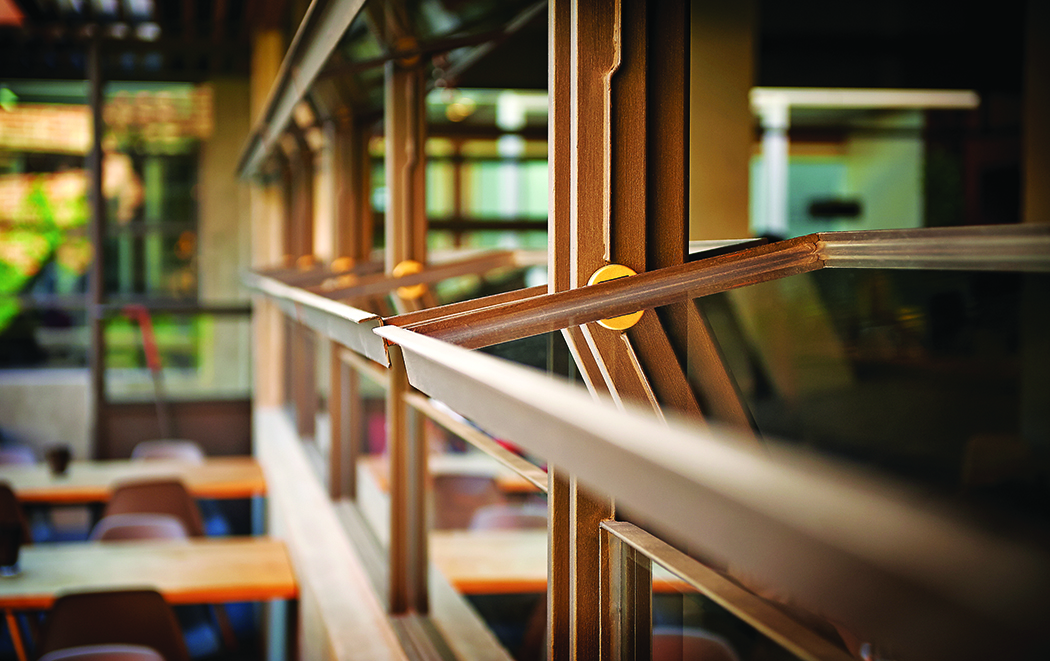
Moore is excited about the kinds of opportunities that come with thinking about city futures on a scale of decades, and the potential that steel provides for realising them. When asked what his dream project brief might be, the answer ties together strands from the specificity of place across Australia to the functional capacities of steel as a design and construction material. “I think architects are always up for a challenge and, after the Black Summer fires (2019), we had hundreds asking how they could help as part of the AIA’s scheme, Architects Assist,” he explains. “The ideal steel brief would be creating a house that can resist fire and flood while being adaptable and meeting the needs of people in regional Australia.”
For Moore, steel is a versatile, exact and aesthetically rich material that continues to inspire and facilitate his work. From the high functionalism of designing for climate risk in regional Australia to sculpturally complex Tasmanian roofs and bespoke detailing in inner city Melbourne, his architectural record proves the possibilities.
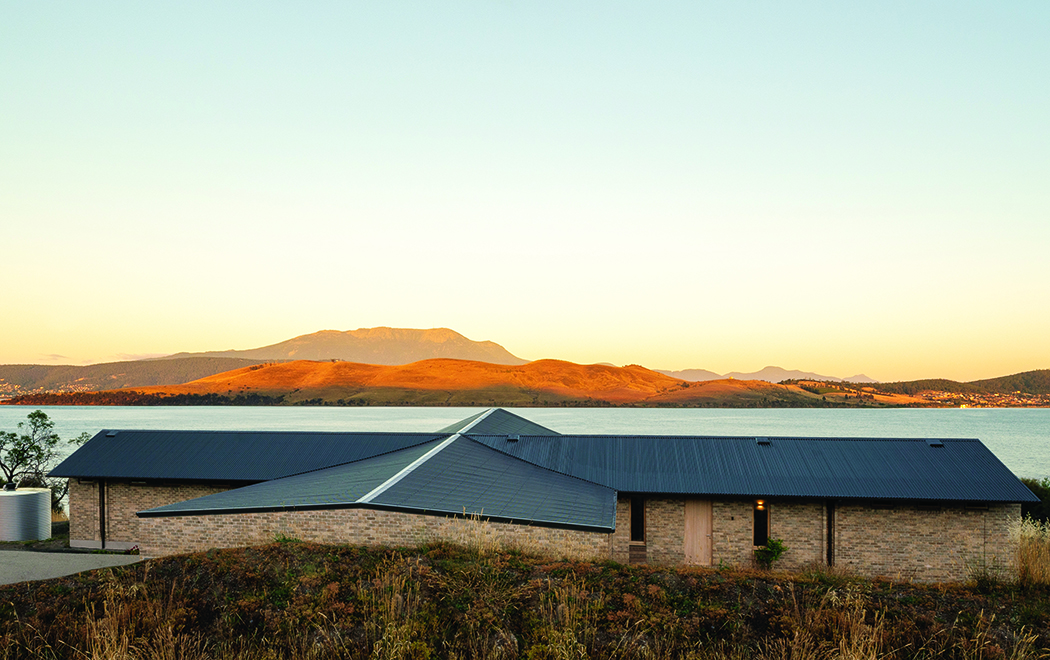
Architect information
Architect
Open Creative Studio
Website
Copyright © 2023 BlueScope Steel Limited ABN 16 000 011 058. All rights reserved.
No part of this publication may be copied, reproduced or distributed without consent. BlueScope Steel Limited, to the extent permissible at law, is not liable to any person for loss or damage arising from reliance upon information contained in this publication. The articles featured in STEEL PROFILE® are sourced, written, fact-checked and curated by Indesign Publishing Pty Ltd ABN 96 101 789 262 T/A Indesign Media Asia Pacific with editorial contribution from BlueScope Steel Limited. Any statements or opinions attributed to a person are the views of that person alone. The decision to use any particular product or material in the projects featured in this publication was made by the team involved in each project and not BlueScope Steel Limited. While care has been taken to verify the accuracy of details in this publication, BlueScope Steel Limited assumes no responsibility or liability for any errors or omissions in the content of this publication. All information is provided with no guarantee of completeness or accuracy.
Images shown have been reproduced to represent actual product colours as accurately as possible. However, we recommend checking your chosen colour against an actual sample of the product before purchasing, as varying screens and devices may affect colour tones and finishes.
Every project is different and not all products are suitable for all applications, projects and environments. Some products may perform better than others in certain applications and conditions. BlueScope generally recommends the use of COLORBOND® steel or ZINCALUME® steel for the majority of external cladding applications.
BlueScope recommends routine preventative maintenance for eaves and other “unwashed areas” of structures that may not be regularly cleaned by rainfall. To determine the most suitable material for your project, please contact your supplier or see steelselect.com. au. For information about product maintenance, including preventative maintenance, please call BlueScope on 1800 064 384. To determine whether a warranty may be available for use of a BlueScope product in your particular project, please visit bluescopesteel.com.au/warranties or call BlueScope on 1800 064 384.
COLORBOND® is a registered trademark of BlueScope Steel Limited.
